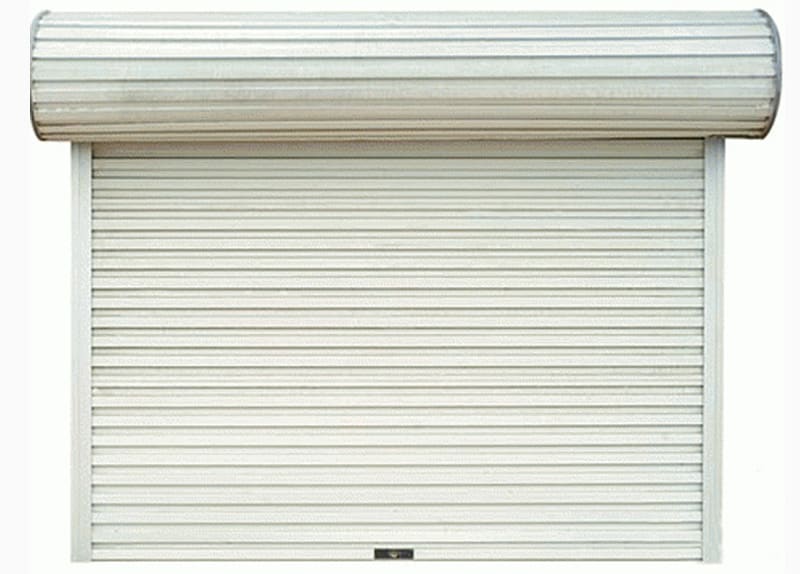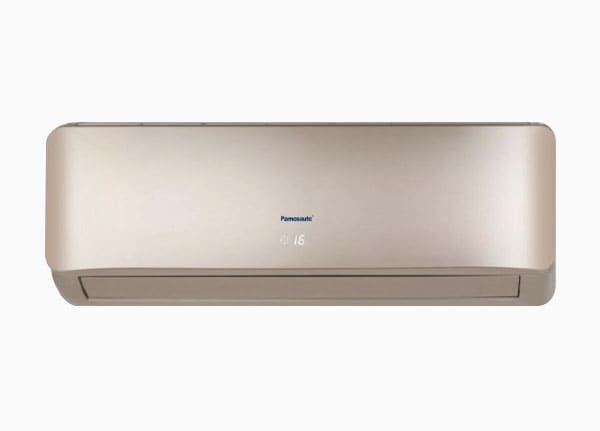- no.8,zaolin road,
longxiang street,
tongxiang,zhejiang,china - +86 573 89381086[email protected]
- DownloadsPDF Brochures
When working with hot rolled steel coils, understanding their dimensions and sizing is crucial for everything from manufacturing and engineering to logistics and cost estimation. These specifications directly impact a project's feasibility, material yield, and final product quality.
Here’s a breakdown of the key dimensions you need to know.
The thickness of hot rolled steel coils is arguably the most critical dimension. It determines the material’s strength, weight, and suitability for various applications. Hot rolled steel is known for being thicker than its cold rolled counterpart, typically ranging from 1.5 mm to 25 mm (or roughly 0.06 inches to 1 inch). However, some specialized mills can produce even thicker gauges.
Metric: 2.0mm, 3.0mm, 4.0mm, 6.0mm are common sizes.
Imperial (US): 1/8", 1/4", 3/8", 1/2" are frequently used.
The final thickness tolerance is defined by industry standards like ASTM A568/A568M, which specifies permissible variations based on the coil's width and ordered thickness.
The width of hot rolled steel coils is determined by the rolling mill's capabilities and the customer's end-use requirements. Standard widths are designed to maximize efficiency and minimize scrap when the coils are uncoiled and slit for further processing.
Common widths range from 1000 mm to 2000 mm (or about 39.37 inches to 78.74 inches).
Common Metric Widths: 1000mm, 1250mm, 1500mm, 1800mm.
Common Imperial Widths: 48", 60", 72".
These standard widths are easily handled by processing equipment and are suitable for a vast range of products, from structural components to large-diameter pipes. For specialized applications, steel mills can produce narrower or wider coils upon request.

While thickness and width are the primary material specs, the coil's inner and outer diameters are essential for logistics, storage, and processing. They dictate how the coil fits onto uncoilers, mandrels, and shipping equipment.
Inner Diameter (ID): This is the diameter of the central hole of the coil. Standard IDs are typically 508 mm or 610 mm (20 inches or 24 inches). This standardization ensures that a coil from one mill can be easily used on processing equipment at another.
Outer Diameter (OD): This varies significantly and depends on the coil's total weight, thickness, and width. The OD is a direct result of how much steel is wound onto the core. A standard full-size coil, often referred to as a "master coil," can have an OD exceeding 2000 mm (over 78 inches).
Coil weight is not a dimension, but it is a critical specification directly tied to the dimensions of hot rolled steel coils. The weight is determined by a simple formula:
Weight = Length × Width × Thickness × Density of Steel
Because the length of a coiled sheet is not a fixed dimension, the weight is the practical measure of how much material is on the coil. A single master coil can weigh anywhere from 5 to 30 metric tons. This is a key factor for transportation costs, material handling capabilities, and production planning.
Choosing the correct dimensions for your hot rolled steel coils is a precision task. Selecting a coil that is too wide leads to excessive scrap during slitting, while a coil that is too narrow might not provide enough material for your required parts. Similarly, using a thickness that is either insufficient or overly robust can affect product performance and unnecessarily inflate costs.

With high anti-rust performance, they are popular used in co...

PPGI / PPGL COIL full name is prepainted galvanized / galval...

Port:Zhejiang,China Advantages of Our Prepainted Galvanized ...

APPLICATION OF PPGI Construction:Outside:Workshop, agricultu...

